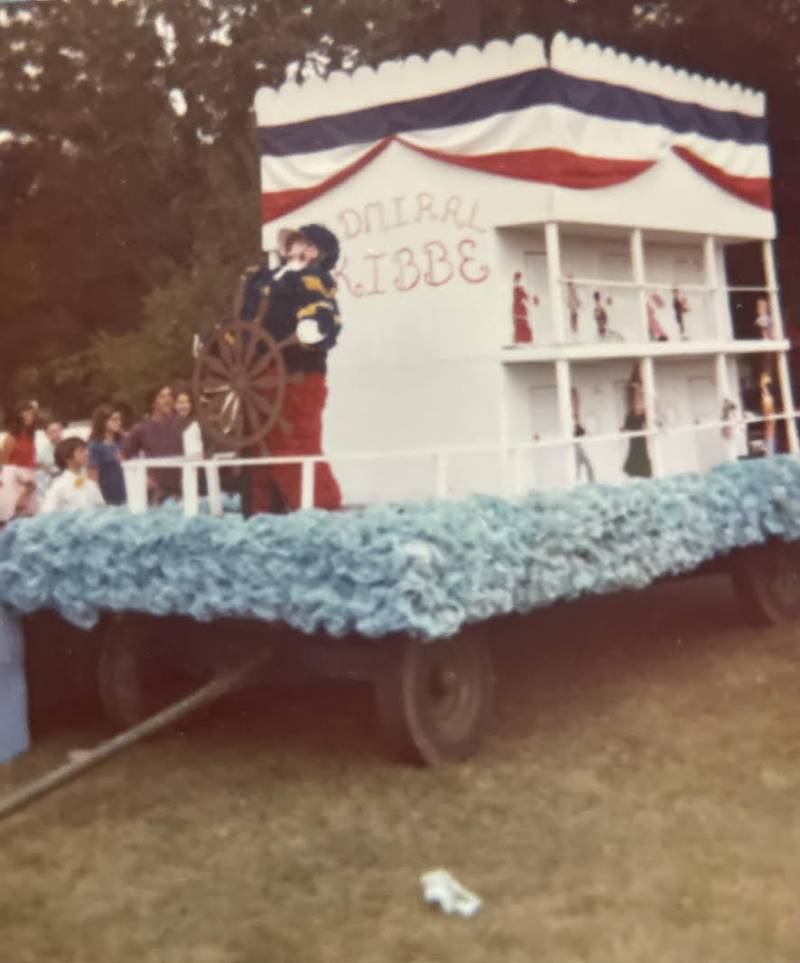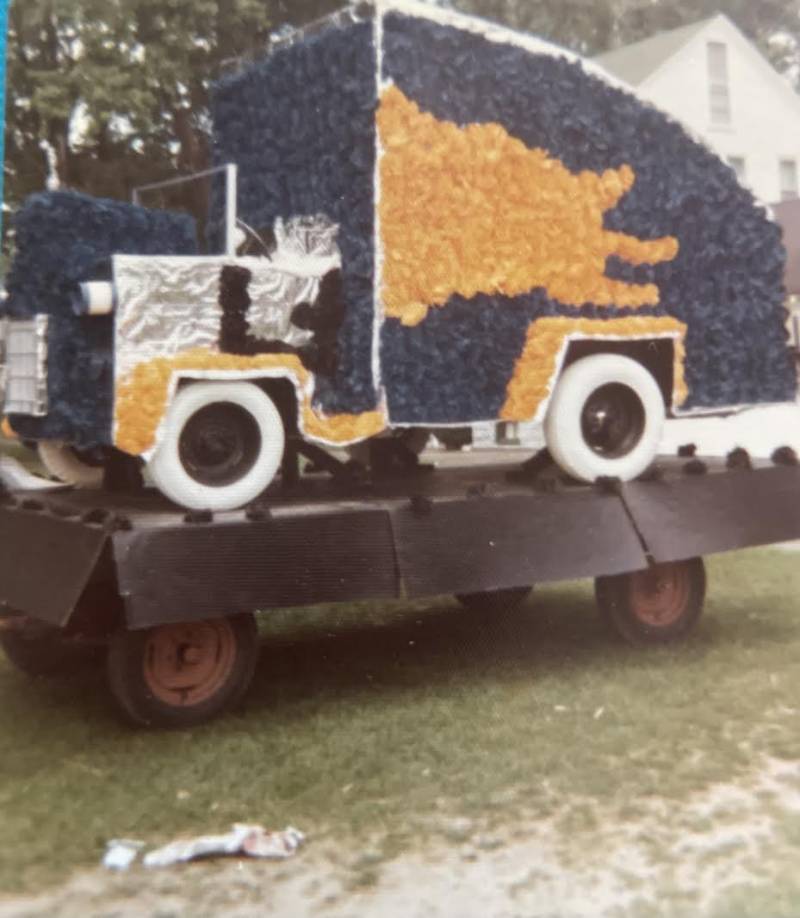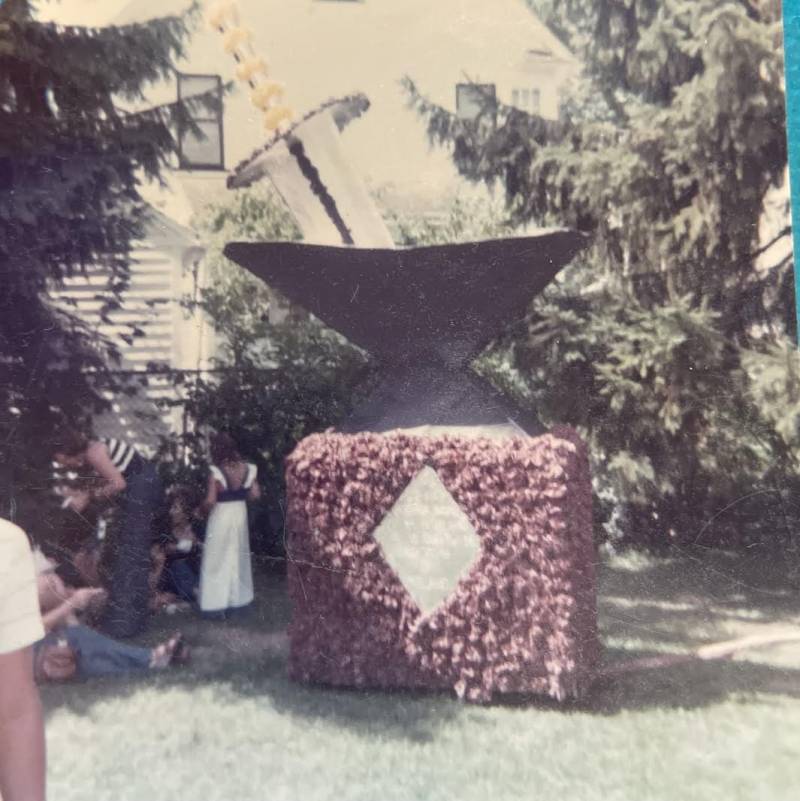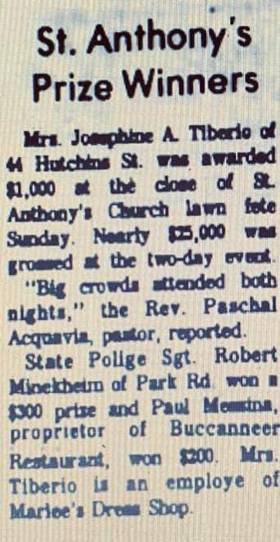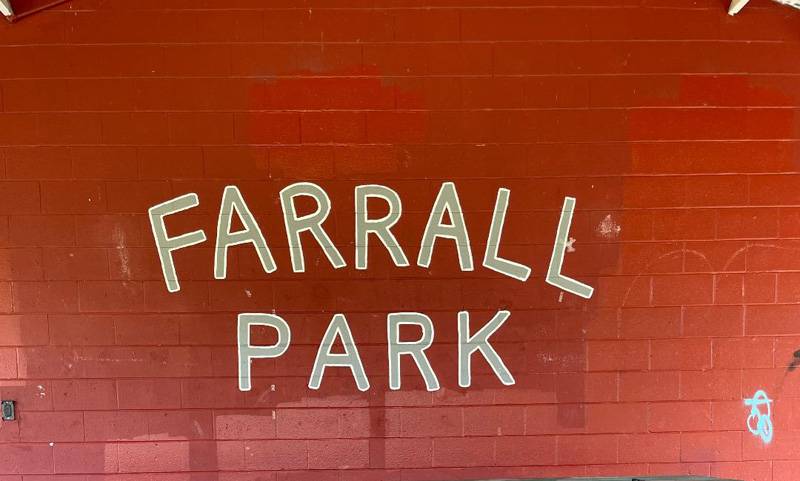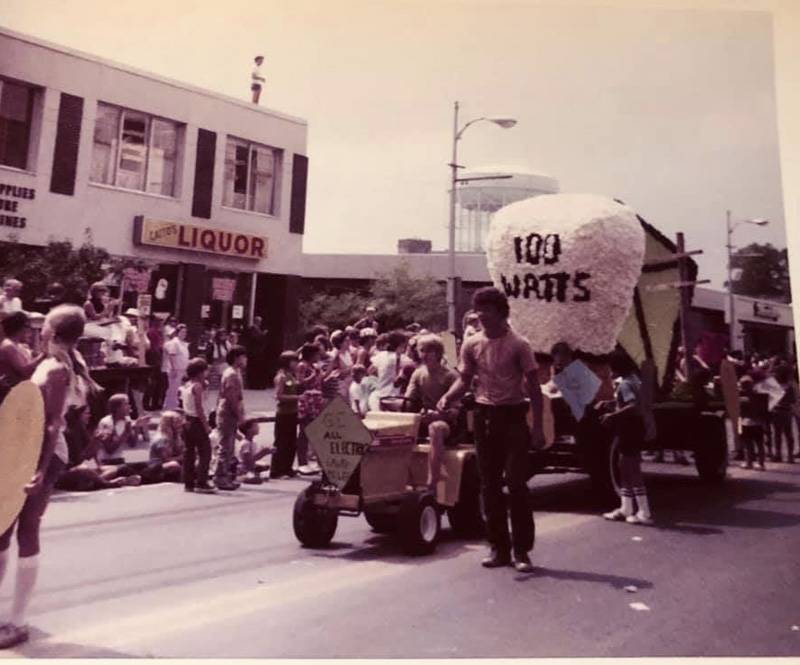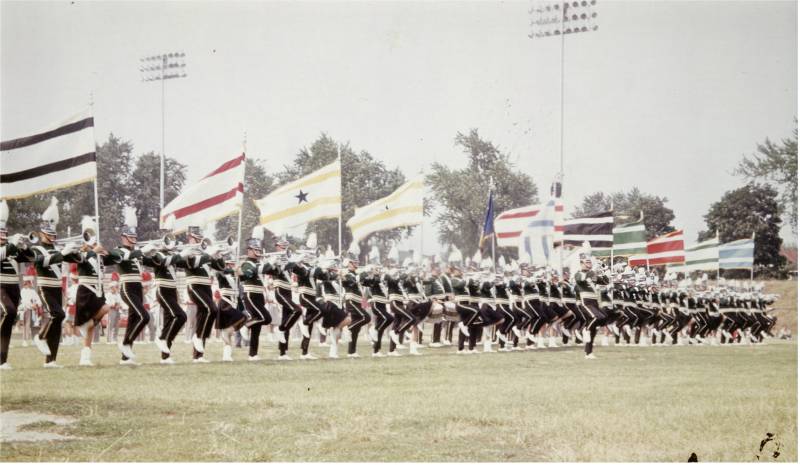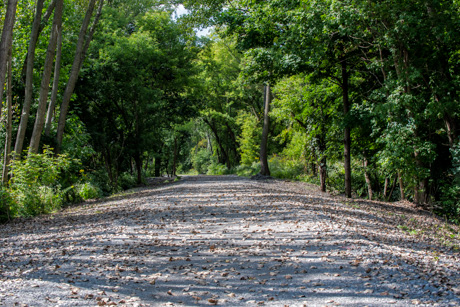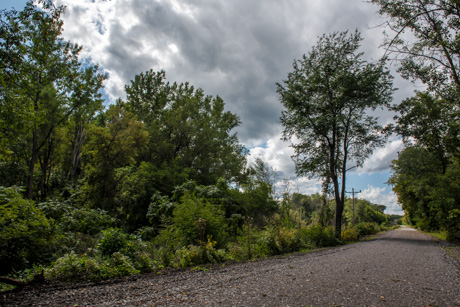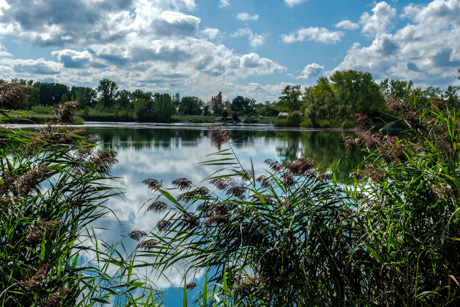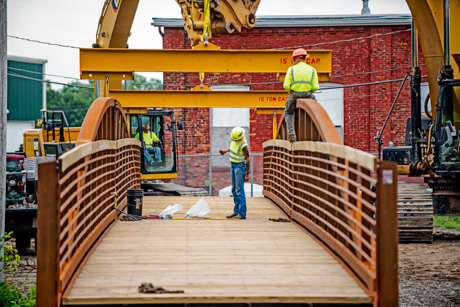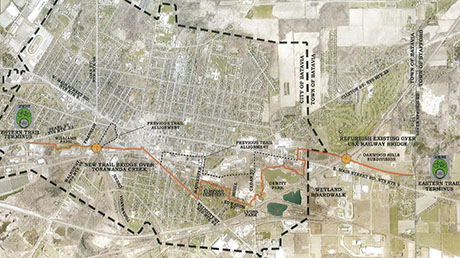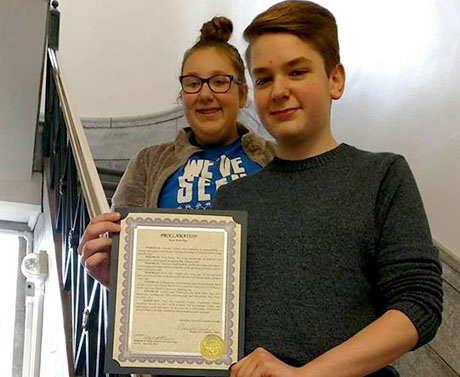I love to take long walks on the streets of Batavia. It is like taking a trip to a different time in our history. So many places trigger so many memories.
Recently, I was walking by Farrall Park. It was a beautiful fall day. I sat on one park bench, and my mind took me back to the 70s when I was a playground supervisor. I closed my eyes, and it was 9 a.m., and I could hear the front doors of the homes on James Street, Otis, Osterhout, Clifton, Jackson, Swan, Sumner, and Williams Street slamming shut as the neighbor kids ran to the park to begin their day. We had already unlocked the storage door and removed the sports equipment and the craft they would make that week.
The children were all friends, and many were cousins. I’m looking at the old swing set and remembering the merry-go-round where we gave endless pushes to the squeals of delight from the children.
When all the parks opened at 9 a.m. all over Batavia, all the supervisors experienced what I was experiencing. You owned that park and were there to encourage all the children to have fun and use suitable sportsmanship, but you also tried to beat the other parks in everything competitive.
We had the smallest park, and it did not have a wading pool, but it had the best kids. I worked with two excellent park supervisors, Gary Starowicz and Tim Beers. We all said we had the best kids.
Every week, we did a different craft. One week, it was boondoggles. Unfortunately, the little kids had no idea how to make them so that they would be clipped to the chain-link fence. A supervisor like myself would begin making them as the young child would watch in anticipation of getting their boondoggle. You can’t forget the little clip that was added at the end.
Another week would be the plaster of Paris. Hopefully, it would be a warm sunny day so the plaster would dry. I think that was one of the children’s favorite weeks. We would line up the molds, mix the plaster, pour the plaster into the rubber molds, shake the mold to eliminate the air bubbles, and insert that tiny hook into the back so your creation could hang on the wall. After we removed them from the rubber mold, the children painted them. They were all masterpieces.
Some of the weekly contests we had were sandbox, coloring, stuffed animal, jello eating, tetherball, pet show, baby picture contest, stuffed animal, scavenger hunt, peanut hunt, and bean bag contest, to name a few. Another favorite was the Park Penny Carnival. Anything you can think of was a contest, and everyone was a winner because everybody at the park was a winner. The Daily News posted contest winners from the various parks in the paper every Friday.
The highlight of the summer was the park parade. Today, my children and grandchildren can’t imagine closing Main Street and having a hay wagon pulled by a tractor showcasing the most beautiful park float. It was covered in chicken wire, twisted, and stapled to 2X4s, depicting the theme of a particular year. Children today can’t imagine building a float, making flowers out of crepe paper, and stuffing the crepe paper flowers into the holes of the chicken wire. The older park members built the float if they were not hopping a train to Pembroke! People would offer their barns or garages to construct the float. We had a garage on Liberty Street for one year and Hawley’s barn on Bank Street for a couple of years. A lot of this took place after park hours.
I miss the sounds of voices as I sit on a park bench at Farrall Park today. I miss seeing the smiles of those kids who had a safe and fun place to go every day. The boys would jump on their bikes and ride to another park if it were a baseball game. The same was true for the girls, who were amazing athletes.
On the day of the park parade, I remember walking with our park kids down Main Street with our float and ending at Austin Park. Every park had a location to display its float. Looking at the park from the street, you would see a wonderland of children and parents standing proudly by their float. Their park scrapbook was displayed with pictures from the summer. There was also a talent show and a place for our king and queen winners, regally dressed, to be judged. Every park waited to hear the winners.
I can’t say we ever came in the first place, but in my heart, they were all first-place winners. I cherish the memories, but my heart is so sad that children today will never have the experience that the children from the city parks had back when the parks were open from 9 to 5 with a lunch break from 12 to 1.
Every child back then had similar memories, and in their hearts, their park was the best it could be. You can delete Farrall Park and insert Kibbe, Williams, Austin, John Kennedy, MacArthur, Woodward, or Pringle Park, and the memories will all be the same.
As I leave Farrall Park to continue my walk, I leave the voices of children’s laughter and the camaraderie of the voices I hear daily as a supervisor. Today, children’s memories are captured on their iPhones. That is their playground. I don’t think kids today can relate to what it was like to belong to a park. The memories from all those beautiful summers go to the park supervisors who made the memories possible. I thank former supervisors Marcia, Bill, and Gary for their help with this article.
If you recognize your park float, please post the name of the float and your park. ENJOY!
The park supervisors in 1972 were: Debbie Lampkin, Ann Gorton, Mary Preston, Doris Holvey, Nancy Manchester, Ann Pietrovito, Marcia Macugowski, Anne Peca, Roberta Thrasher, Laurie Winegar, Dennis Buckley, Larry Barone, Mike Stevens, Marie Howe, Bill Bostwick, Gary Starowicz, Wayne Benedict, Jeff Smith, Peg Marone, Fred Francis




